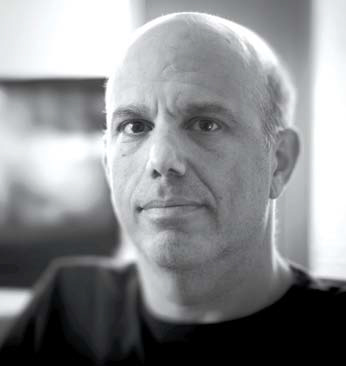Crawford Shifts to Server-Based Ops With R&S Venice

Ron Heidt
ATLANTA —Established in 1981, Crawford Media Services provides end-to-end creative and post-production services, along with solutions for mass digital archiving of legacy content. In 2010, we built a new facility and were looking to shift to a more server-based workflow.
We knew that video server implementation would allow us to ingest from tape directly to our shared storage environment, supporting multiple nonlinear edit stations and eliminating the need to tie up edit systems with content acquisition.
In addition to a clear vision of how we hoped to evolve our workflow with servers, we had a well-defined set of criteria that any potential system would have to meet.
First was support for key codecs and file formats, specifically MXF files in the Avid DNxHD format, Apple QuickTime ProRes and uncompressed DPX. A multichannel configuration was also a must, and as uptime is critical, we needed a robust self-contained system.
We soon realized there were few systems available that met our requirements. In fact, the top contender (and the system we ultimately selected), Rohde & Schwarz DVS’s Venice Media Production Hub, initially lacked ProRes support. However, this was added about the same time we chose Venice, demonstrating the company’s commitment to adding new codecs and formats as the industry evolves.
ABRUPT CHANGE IN CONTENT DELIVERY FORMAT
We opened our new facility in early 2011 and soon noticed a significant drop in tape-based content, due in part to the earthquake and tsunami in Japan which effectively shut down videotape production for a number of formats.
Suddenly, the majority of our source footage, and all of our deliverables, were now file-based—a substantial departure from our originally planned workflow and the primary driver for selecting Venice.
The tape shortage impacted another workflow—dailies support for an episodic television program, “The Walking Dead,” which was shot entirely on film. This production consumed as much as 10,000 feet of 16 mm stock, or roughly five hours of film per day. As a result, we needed a real-time alternative to tape capture from our datacine. Venice provided the answer, as it allowed real-time acquisition of DPX 4:4:4 files with delivery to our SAN prior to the creation of all deliverables using our dailies system.
Venice has now been an integral part of the dailies process for this program for three seasons. It also supports film-related workflows for our archiving services.
VERY FAST TRANSCODING
While the shift from tape reduced ingest requirements—primarily to film-related projects—Venice continues to play an important role in our file-based workflows as well. Its ability to transcode quickly (about twice as fast as other systems), provides significant efficiency gains in program creation and deliverables production.
Despite the market-driven shift away from our original plans, we’re extremely pleased with Venice. It’s proven to be robust and reliable whether we’re using it for ingest or transcoding, and its faster-than-realtime and remote access capabilities translate to increased productivity. Venice is a real work-horse and—based upon Rohde & Schwarz DVS’s diligent and quick addition of new codecs as they become available—it will remain so for the foreseeable future.
Ron Heidt is senior editor and technical director at Crawford Media Services. He may be contacted atrheidt@mail.crawford.com.
For additional information, contact Rohde & Schwarz USA at 888-837-8772 or visitwww.rohde-schwarz.us.
Get the TV Tech Newsletter
The professional video industry's #1 source for news, trends and product and tech information. Sign up below.
